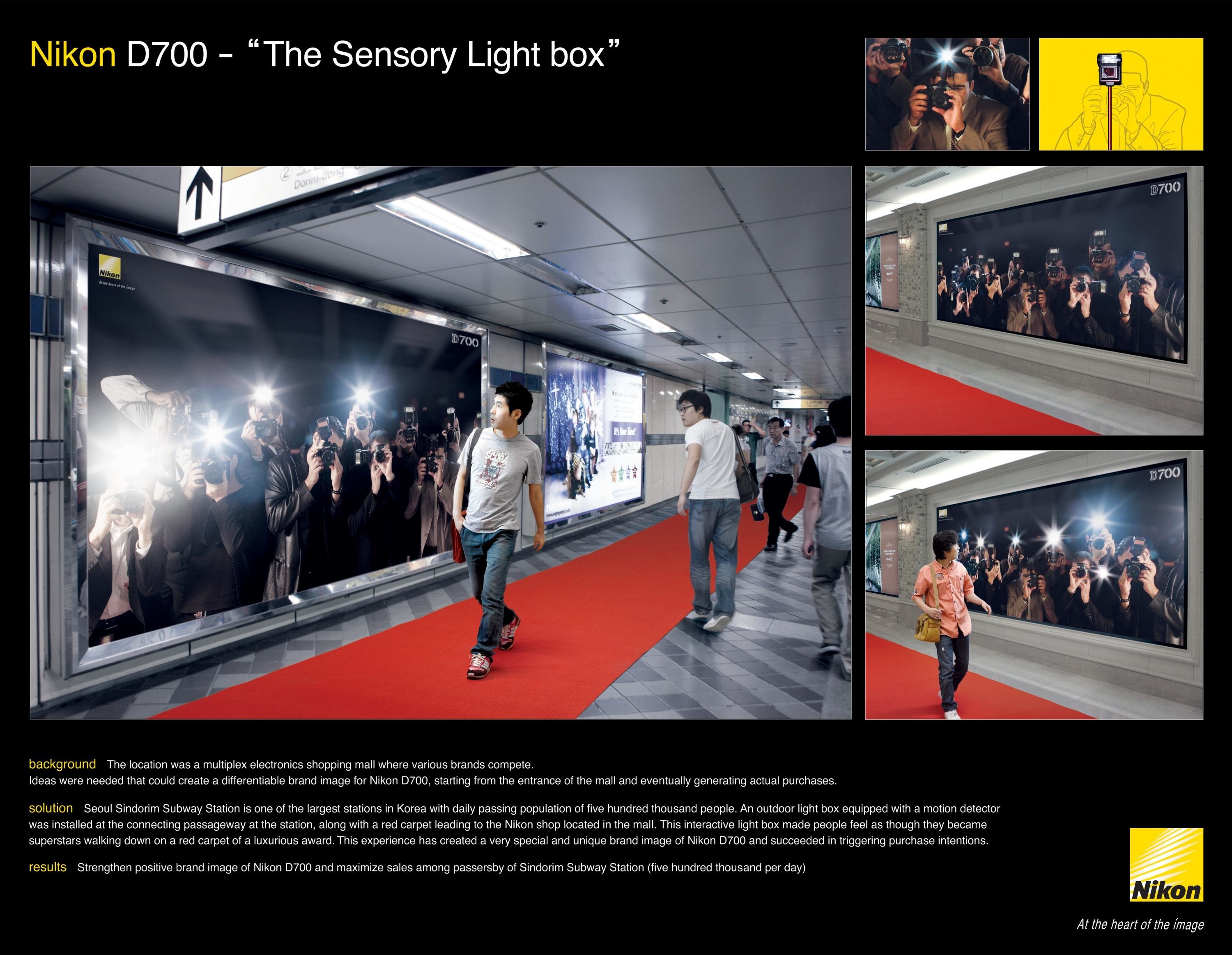Cannes Lions
Contrails: Making Flying More Sustainable with Google AI
GOOGLE, Los Angeles / GOOGLE / 2024
Awards:
1 Silver Cannes Lions
1 Bronze Cannes Lions
1 Shortlisted Cannes Lions
1 of 0 items
Overview
Entries
Credits
OVERVIEW
Similar Campaigns
12 items




